
NOVEMBER 29, 2023 | 3 Mins Read
TABLE OF CONTENTS
Tennis elbow, a condition marked by elbow pain and discomfort, significantly impacts sleep quality. Sufferers often find themselves struggling to find a comfortable position at night, leading to restless sleep and interrupted healing. This article delves into practical strategies for managing tennis elbow while sleeping.
Our focus is to help you navigate through the night with minimal discomfort, ensuring that sleep, a critical component of healing, is not compromised. By adapting your sleep habits and incorporating some simple modifications, you can alleviate the pain associated with tennis elbow and enjoy a more restful, rejuvenating night's sleep.

Tennis elbow, commonly associated with tennis players, actually extends far beyond the sport. It affects individuals in various occupations and activities involving repetitive wrist and arm motions. Recognizing the root causes and the typical symptoms of tennis elbow is essential in managing it effectively, especially in terms of sleep disruption.
Tennis elbow, a condition stemming from repetitive strain, primarily impacts the forearm muscles and tendons. Its development and symptoms can be detailed as follows:
Causes:
Symptoms:
For individuals with tennis elbow, a good night's sleep can be elusive due to pain and discomfort. However, choosing the right sleeping position can significantly alleviate discomfort and facilitate healing. It’s about finding a balance between comfort and ensuring minimal strain on the affected elbow.
Back sleeping is often the best option for those with tennis elbow. This position evenly distributes body weight, alleviating undue pressure on the affected elbow. It ensures the elbow is not compressed against the mattress or twisted in an unnatural way, which can intensify pain and inflammation.
Additionally, back sleeping maintains a neutral alignment of the spine, neck, and shoulders, which is crucial in preventing secondary discomfort that might worsen elbow pain. By keeping the arm in a relaxed and neutral position, back sleeping minimizes the risk of further aggravating the elbow injury, contributing to a more peaceful and restorative night's sleep.
Even when sleeping on the side that's not affected by tennis elbow, discomfort can persist. This is because lying in this position often leads to the upper arm muscles exerting strain on the elbow. Additionally, there's a risk of twisting the forearm, adding stress to the already injured tendons. To mitigate these issues, using a pillow for support is crucial.
Placing a pillow under or alongside the affected arm helps to alleviate tension and maintain the forearm in a stable position. This support not only relieves pain but also prevents additional strain on the tendons, contributing to a more restful sleep and aiding in the healing process.
Some sleeping positions can worsen tennis elbow pain. They include:

In managing tennis elbow, especially during sleep, supportive accessories can play a significant role. These tools not only provide stability to the affected area but also help in reducing pain and discomfort. Their use complements proper sleeping positions, thereby enhancing comfort and facilitating healing.
Elbow compression sleeves serve as a critical support system for individuals grappling with tennis elbow. These sleeves are specifically designed to address the unique challenges posed by this condition. They offer a blend of comfort and therapeutic benefits, making them an ideal choice for nighttime use. By incorporating this compression sleeve into their nightly routine, individuals with tennis elbow can experience significant relief and support, which is vital for a restful sleep and efficient recovery. The benefits of using elbow compression sleeves include:
Alongside elbow braces, several other tools can be instrumental in managing tennis elbow, especially during rest:
When used effectively, these tools collectively enhance comfort during rest and contribute to a healing environment.
Creating a bedtime routine that prioritizes comfort can be a game-changer for those suffering from tennis elbow. The goal is to prepare the body and mind for a restful night, reducing pain and promoting healing. A few strategic practices before bed can make a significant difference in how you feel throughout the night.
It's important to recognize when tennis elbow requires medical attention. Persistent or escalating pain, despite home remedies, is a clear sign to see a doctor. Here are specific key questions to consider:
When holistic approaches don’t provide sufficient relief for tennis elbow, doctors may recommend exploring other treatment options. These include:
Managing tennis elbow requires a combination of proper sleep positions, supportive accessories, and, when necessary, medical intervention. Remember, techniques like using pillows effectively and sleeping in positions that alleviate stress on the elbow are key. If these strategies don’t suffice, consulting a doctor for advanced treatments is essential.
For additional support, consider trying Koprez Elbow Compression Sleeves. They offer targeted compression to ease pain and aid recovery. Explore these options and find what works best for you. If you're interested in enhancing your recovery process, check out Koprez Elbow Compression Sleeves and see the difference they can make.
Author

Claire Evans worked as the content marketing manager at Koprez. Claire combined a background of writing and editing, marketing, and patient education to best serve consumers, fitness enthusiasts, athletes, and anyone who relies on the Koprez brand for helpful information.
Koprez® Featured Products


"I sprain my wrist super often, so I decided to try out this sleeve. This is game-changing! I've been using it for a while now, and my wrists feel amazing. I haven't gotten in any injuries since using it too. It just makes my wrists feel so supported."
Alexis A.
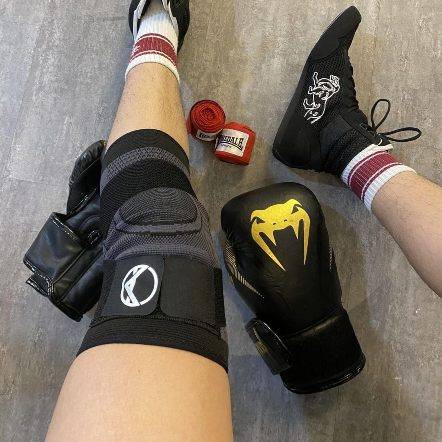

"Use this for my boxing training. It is a very comfortable brace and does not move out of position during skipping ropes and sparring sessions. I use it while running too. Probably the best brace I've purchased throughout the years. It is very flexible. Makes me look like a pro! :)"
Samuel L.


"I've just got back to running after a couple of years of being plagued by injury. These compressions socks are helping give me peace of mind while I build up my distance again. They are the perfect level of compression, super comfy, and very high quality. Feel great while on a run, and looks great in the orange colour I have!"
Dave R.
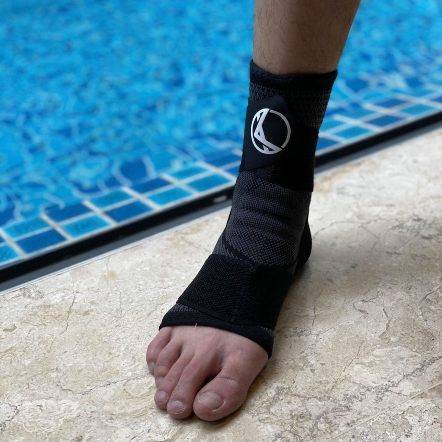

"I have a weak ankle, and the Koprez ankle sleeve has been a lifesaver. Wear it every day. Super breathable and comfortable. Like wearing a cool sporty looking sock!"
James F.
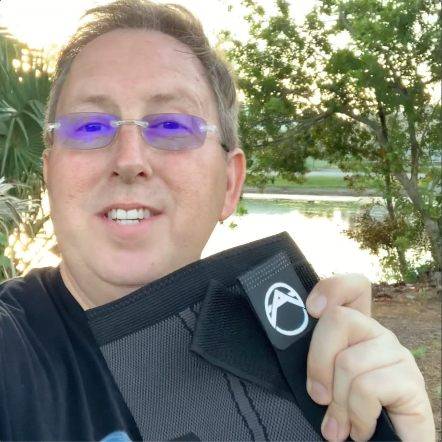

"This is the best knee sleeve I've ever tried. It's now a must-have for all my exercises. A few years ago, I had an accident that damaged my knees, but with Koprez I can be active again with no knee pains at all. It's been truly amazing!"
Alex M.
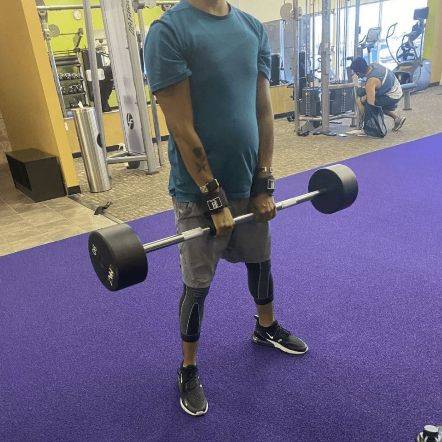

"One of the best purchases I've ever made. It fits your legs all the way from top to bottom, great snug fit, gives you support and definitely helps during rehab and training."
Rafael A.


"I had a minor elbow injury, and Koprez sleeve was super supportive and definitely helped me recover faster. I still use the sleeve to prevent further injury. So far, so good. Very comfortable and does not feel hot at all. Highly recommend!"
Corey B.


"It's really been a game-changer for me. It allows me to exercise a lot longer than I used to. Now my knees don't hurt, and they're not uncomfortable at all."
Mike P.


"Great product!!"
Harold
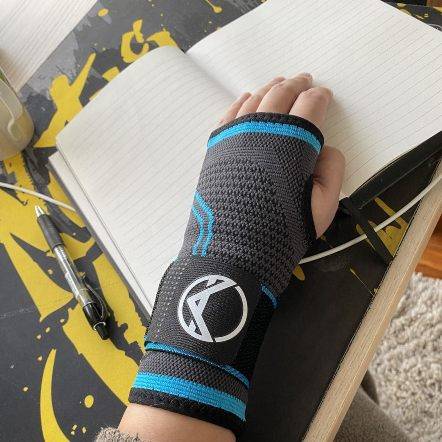

"I have carpal tunnel, and this brace has helped me work pain-free. Love the materials, and I can feel my wrists slowly getting better, even when I don't wear them!"
Christopher J.


"I wanted to try out these sleeves to improve my squats and deadlift in the gym without worrying about injuring my knees. They stayed up throughout the entire gym session, and my knees feel super supported. Now I can do what I love for years to come. "
Corbin C.